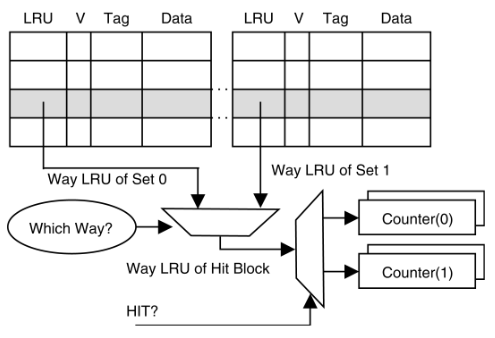Improving Cache Hits On Replacment Blocks Using Weighted LRU-LFU Combinations
Main Article Content
Abstract
Block replacement refers to the process of selecting a block of data or a cache line to be evicted or replaced when a new block needs to be brought into a cache or a memory hierarchy. In computer systems, block replacement policies are used in caching mechanisms, such as in CPU caches or disk caches, to determine which blocks are evicted when the cache is full and new data needs to be fetched. The combination of LRU (Least Recently Used) and LFU (Least Frequently Used) in a weighted manner is known as the "LFU2" algorithm. LFU2 is an enhanced caching algorithm that aims to leverage the benefits of both LRU and LFU by considering both recency and frequency of item access. In LFU2, each item in the cache is associated with two counters: the usage counter and the recency counter. The usage counter tracks the frequency of item access, while the recency counter tracks the recency of item access. These counters are used to calculate a combined weight for each item in the cache. Based on the experimental results, the LRU-LFU combination method succeeded in increasing cache hits from 94.8% on LFU and 95.5% on LFU to 96.6%.

